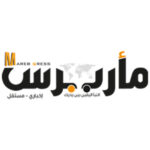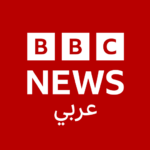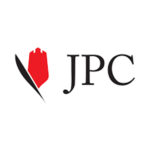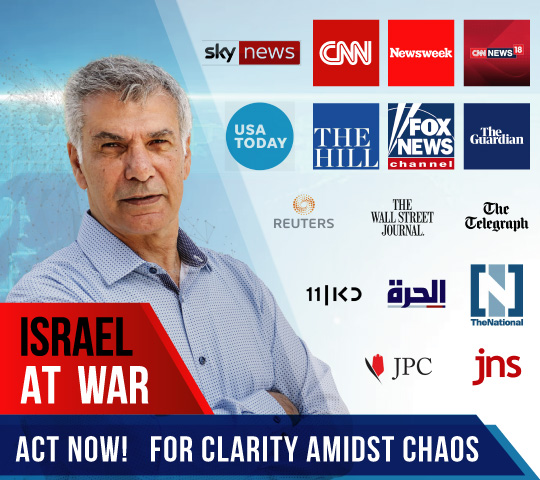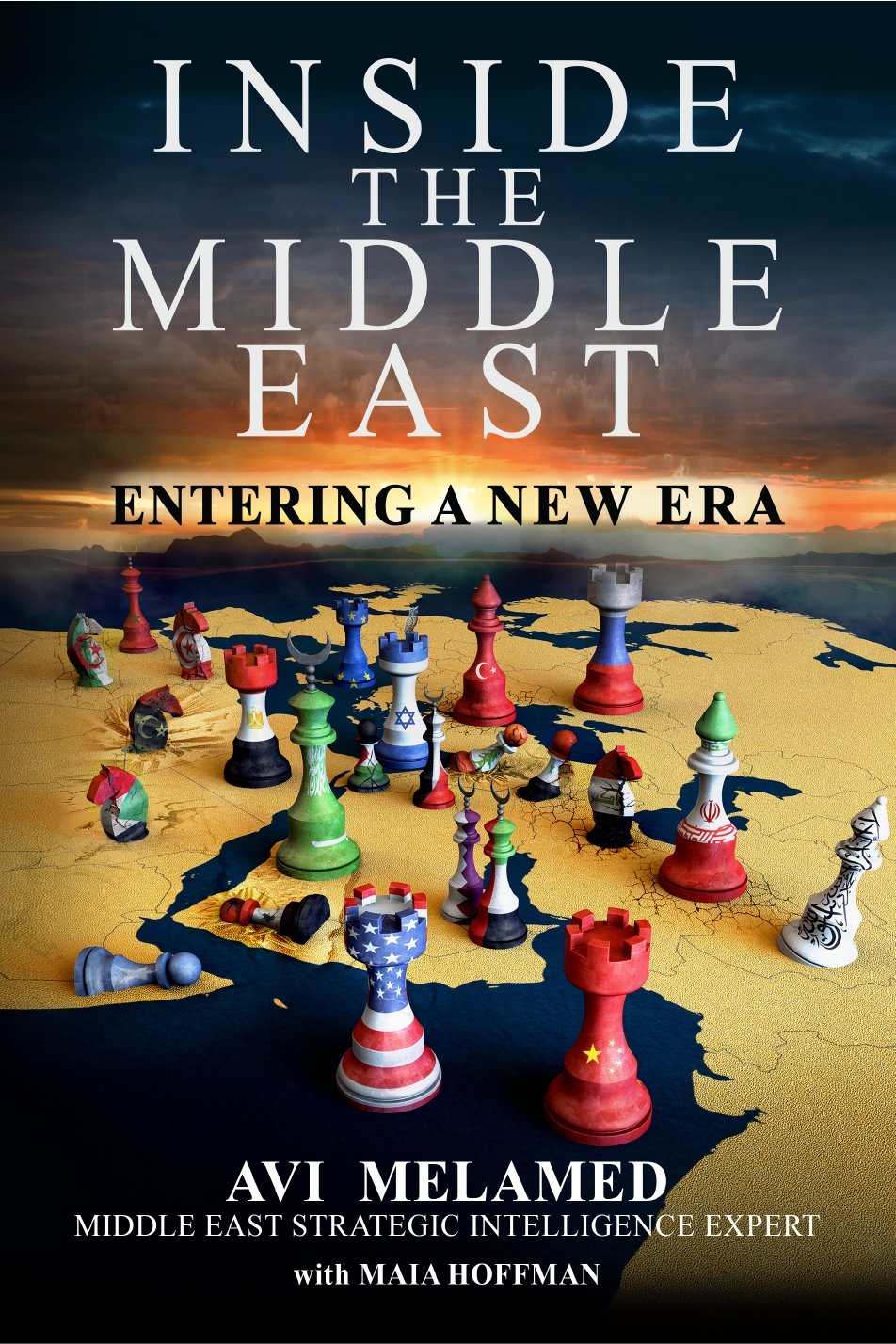|
Getting your Trinity Audio player ready...
|
Arab Persian Power Struggle
Two major historic struggles have played a central role in shaping the Muslim world and the Middle East.
One axis is the struggle between Arab civilization and the Persian civilization. The other axis is the rivalry between Sunnis and Shi’ites in Islam.
In the year 651 CE, a significant event took place in the Middle East; the four-hundred year old Persian Sasanian Empire was occupied and conquered by the Muslims – and the Persians, who were mostly Zoroastrians, converted to Islam. Hundreds of years later, during the rule of the Safavid Dynasty (1501 – 1722), the Shi’a Twelfth stream was adopted as the dominant orthodoxy of the Muslim Persians. Throughout significant parts of their history, the Persians have been ruled by non-Arab Muslim dynasties who competed with Sunni Arab and later Sunni Turkish powers for political power and territorial dominance. The last Persian dynasty, the Pahlavi Dynasty (1921-1979) was overthrown in 1979 following the Islamic Revolution in Iran.
The tension and rivalry between the Shi’ite dynasties ruling Persia and the major Sunni political powers, both Arab as well as Turkish, was intensified because the Shi’ite dynasties ruling Persia were of non-Arab origin. Why is this relevant? The Arabian Peninsula is the cradle of Islam, and in the eyes of the Arabs, Islamic pure values and traditions are synonymous with Arab ones. The Arabs view Persians as Pagans, which does not comply with the essence of Islam – the willing and total submission to the concept of monotheism and Allah’s rule. One example – the ceremonies of the major Persian holy day of Nowruz, the first day of the year in the Persian calendar – are rooted in Zoroastrianism.
An exceedingly important event in the history of the Middle East which took place in 1979, marks a significant milestone in the history of the Sunni-Shi’ite, as well as the historic Arab-Persian, rivalry. The Shah of Iran, Muhammad Reza Shah Pahlavi, was deposed in a popular coup and a group of Shi’ite clergy – the Mullahs – rose to power under the leadership of Ayatollah Khomeini. Iran became a Shi’ite Islamic theocracy and its name was changed to “The Islamic Republic of Iran.”
During the nearly forty years that have passed since the Islamic Revolution in Iran, the Sunni-Shiite rivalry, as well as the Arab-Persian rivalry, have deepened and intensified. In the second decade of the twenty-first century, this rivalry is manifested through wars in different arenas in the Middle East between Sunnis (Arabs and non-Arabs) backed by Arab Sunni states, as well as Turkey, and Shi’ites (Arabs and non-Arabs) backed by Iran.
What is the background for this dramatic escalation within such a short period of time?
The spiritual religious Shi’ite priest is called a Mullah (the plural is Mullahs). Similar to a military organization, the Shi’ite clergy has a hierarchy. Khomeini, the leader of the Islamic Revolution, who died in 1989, had the rank of Ayatollah (Allah’s sign). The highest rank in the Shi’ite clergy hierarchy is Ayatollah ‘Uzma (the Great Ayatollah). The significance of the Islamic Revolution in Iran in the context of the Sunni-Shi’ite rivalry is that the Mullahs’ regime – unlike the ousted Shah – placed strict Shi’ite doctrine and narratives at the center of the regime’s core and identity. Stemming from that ideology, and deeply motivated by the notion that the Shi’ites have been deprived of their right to lead the Muslim world, the Mullahs regime is determined to correct the historical injustice done to the Shi’ites and is determined to position the Islamic Republic of Iran, under its leadership, as the dominant regional superpower first, and as a global superpower later. To that end, the Iranian regime applies a proactive, aggressive foreign policy in order to expand and exert its influence and spread Shi’ite Islam throughout the world. The code name of this policy is “exporting the Islamic revolution.” As explained hereunder, to a large extent the regime has been quite successful in its mission. In the second decade of the twenty first century, their success has triggered a violent Sunni-Shiite collision throughout the Middle East.
The Iranian Mullah regime employs a sophisticated strategy to fulfill its vision of exporting the revolution through gaining power and influence and spreading their version of Islam. They invest tremendous efforts, energy and resources into developing a broad and intricate network of connections throughout Asia, Africa and South America through arms dealing, offering economic support and military assistance, developing cultural and diplomatic relationships, cultivating cooperation, focusing on trade, and more.
One of the outstanding accomplishments of the regime has been to position itself as the leading factor of the axis known in Arabic as Mehwar Al-Muqawamah; the “Axis of Resistance.”
Within a few decades, under the slogan of “fighting Israel in the name of the resistance”, the Iranians developed an axis of proxies and agents.
The resistance axis, nurtured and skillfully developed by the Iranians, has yet another strategic significance in the service of Iran’s vision and goal of spreading the Islamic Revolution and positioning itself, under the control of the extreme Islamic Mullah regime, as regional superpower and later a global one.
If you want to have a better understanding of the news and what really drives the unfolding events…
Read the latest book of Avi Melamed,
INSIDE THE MIDDLE EAST | ENTERING A NEW ERA, available now >>>
Follow me on Twitter @AviMelamed; Facebook @InsideTheMiddleEast; for more Videos on YouTube https://www.youtube.com/c/AviMelamed
I can always be reached at Av*@Av********.com









